Cameralabs Fujifilm GFX100 Review: “I’m Struck at How Easy it is to Enjoy 102 Megapixel”
Gordon from Cameralabs published his full Fujifilm GFX100 review.
Down below are his findings:
Gordon from Cameralabs published his full Fujifilm GFX100 review.
Down below are his findings:
The following Fujifilm slides have been sent to me (thanks), and they show what evidently is a Fujifilm X-Trans IV sensor with 101 megapixel for improved 4K video performance.
It’s called X-Trans IV, because it is based on the same sensor architecture of the Fujifilm X-T3 / X-T30, just 4 times bigger.
Is Fujifilm planing a Fujifilm GFX100 with X-Trans coming for best 4K video performance?
Let’s go through the slides (that you can see at the bottom of this post):
Chris and Jordan from DPRTV published their Fujifilm GFX100 review.
Here are their findings:
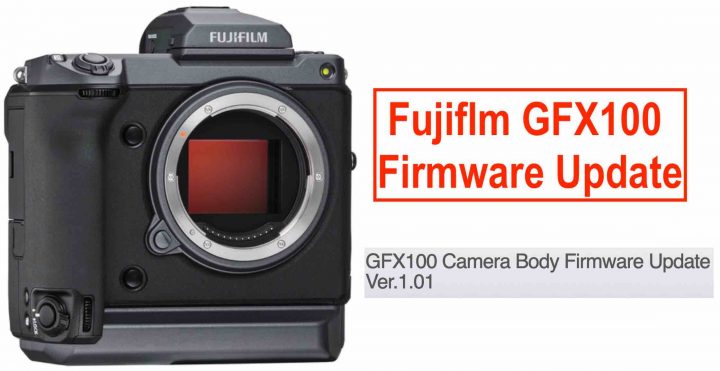
Fujifilm just released Fujifilm GFX100 firmware ver. 1.01.
The firmware update Ver.1.01 from Ver.1.00 incorporates the following issues:
You can download GFX100 firmware 1.01 here.
Our gigantic Fujifilm GFX group is collecting all the potential bugs they found in the Fujifilm GFX100 in this post.
Fujifilm GFX 100: B&H Photo, AmazonUS, Adorama, Focuscamera
The GFX Community
Follow FujiRumors: Facebook, Flipboard, Instagram, RSS-feed, Youtube and Twitter

The first test was flawed, so DPReview had to update its Fujifilm GFX100 studio test scene
They now published the new results, and in their own words:
“As you can see, the camera is extremely sharp and capable of resolving nearly everything in our test scene. Many of the finest targets that exhibit aliasing on the already impressive GFX 50R (shot with the same lens) are more convincingly resolved by the 100MP camera, meaning that its images look better than the older camera’s shots do, even when downscaled to the same resolution.”
In short: it’s the best camera ever tested, and they now borrowed a 150MP Phase One IQ4 to try to beat it!
Check out the results at DPReview here.
Oh Boy, I loved shooting the GFX100 this weekend!
Fujifilm GFX 100: B&H Photo, AmazonUS, Adorama, Focuscamera
The GFX Community
Follow FujiRumors: Facebook, Flipboard, Instagram, RSS-feed, Youtube and Twitter
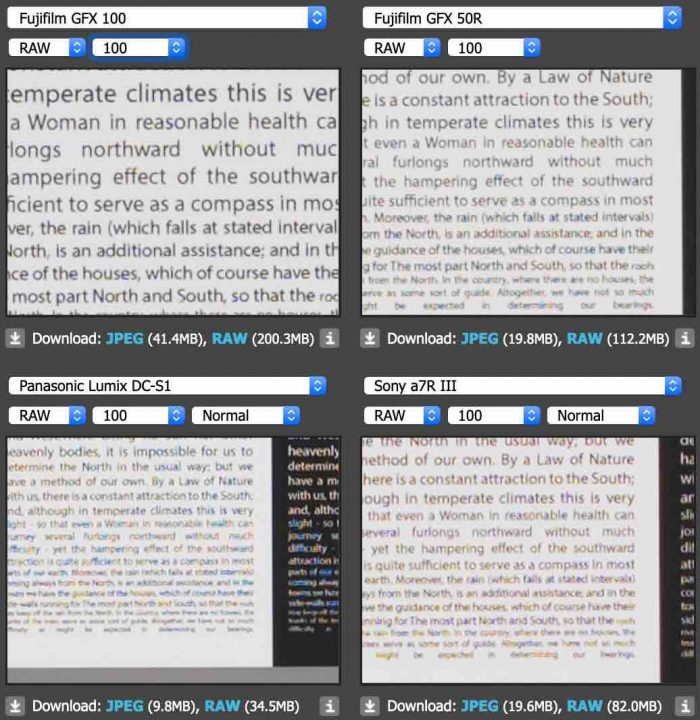
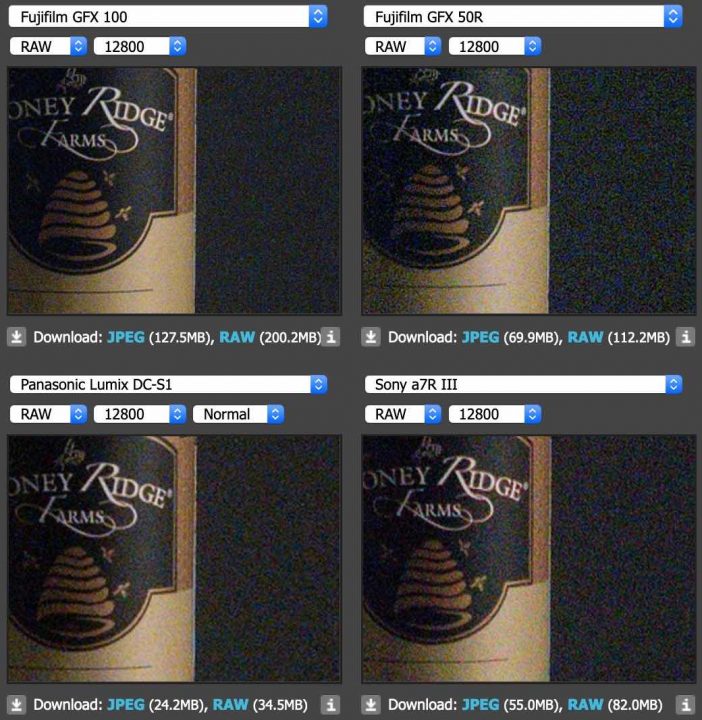
Really Right Stuff published part 2 of their Fujifilm GFX100 RRS L-Plate series. This time they show you the manufacturing process. You can see part 1 here.
You can pre-order the Fujifilm GFX100 RRS L-plate here.
Fujifilm GFX 100: B&H Photo, AmazonUS, Adorama, Focuscamera
The GFX Community
Follow FujiRumors: Facebook, Flipboard, Instagram, RSS-feed, Youtube and Twitter
Kai Wong went hands on with the Fujifilm GFX100. Here is what he thinks about it:
Follow FujiRumors: Facebook, Flipboard, Instagram, RSS-feed, Youtube and Twitter
Fujifilm GFX 100: B&H Photo, AmazonUS, Adorama, Focuscamera
The GFX Community
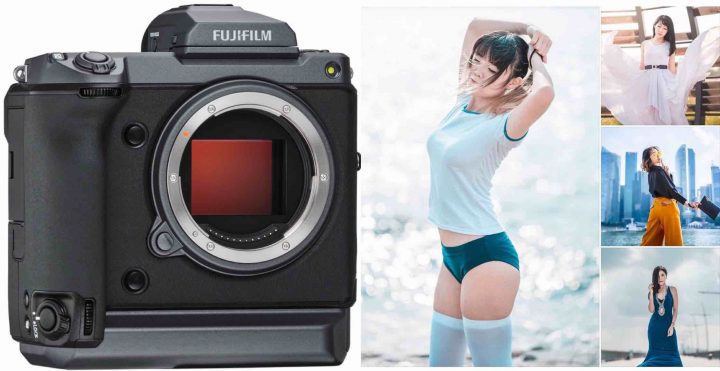
The Fujifilm GFX100 is experiencing a shipping shortage, but there are some, who are lucky enough to already have one in their hands.
If seems like all Fujifilm GFX100 owners are also members of our galactic Fujifilm GFX group. So here is some of the feedback they shared there.
Fujifilm GFX 100: B&H Photo, AmazonUS, Adorama, Focuscamera
Follow FujiRumors: Facebook, Flipboard, Instagram, RSS-feed, Youtube, Twitter
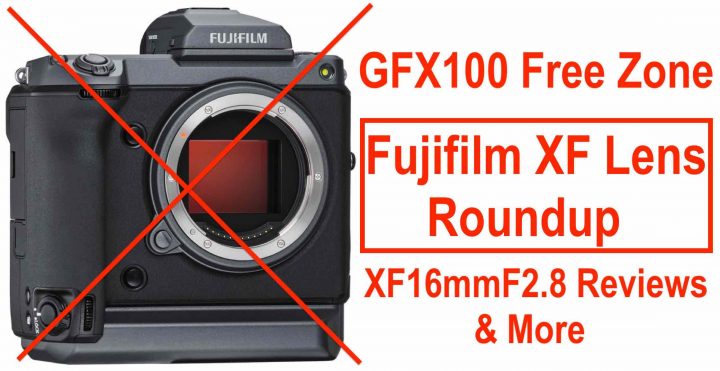
It’s the same old story:
New camera comes, FujiRumors covers its launch, people not interested in that particular camera complain that FR covers that camera.
That’s why, back at the GFX50 launch, I wrote the article, “Dear FR-readers, we have to talk“.
The article was extremely effective, since, using hardcore numbers, it showed how readers perception can be so different from the truth.
But writing that article cost me a lot of time. And I just returned from an 8 hour drive from my holiday in Croatia, and I am exhausted, also because I was on holiday with the SonyAlphaRumors guy, which lead to some epic fanboy fights discussions and photowalks.
So I’ll just say this:
But who cares. I mean who cares about how much time and effort I put into this. It’s not your business.
Blogging on FR is my passion since 8 years now, and I do it with the joy to share the Fuji passion with all of you.
I ask you just one thing: please, just do not complain, when, in coincidence with the launch of a massive camera like the Fujifilm GFX100, I share a bit more GFX news than usual.
You don’t like it? Just skip the news.
With all that said, of course I do not forget about Fuji’s APS-C system.
And so I thought to dedicated this roundup to the most important part of our beloved APS-C system: the XF lenses.
If you want, down below are about 30 links and videos covering all kind of XF lenses.